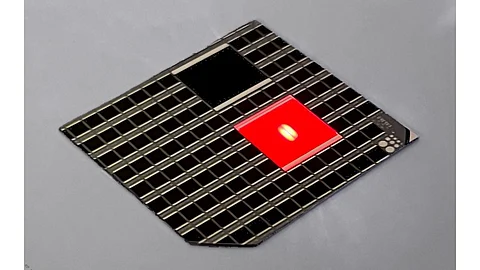

Fraunhofer ISE has achieved over 40% efficiency in III-V semiconductor solar cells
It was able to achieve this level under just 100 lux lighting due to optimized design and improved solar cell absorber material
The team sees potential of this indoor PV technology for devices without external wiring or batteries
Researchers at Fraunhofer Institute for Solar Energy Systems ISE have developed III-V semiconductor solar cells that exceed 40% efficiency under indoor lighting as low as 100 lux, thanks to optimized design and improved quality of the solar cell absorber material.
The team sees this opening new possibilities in powering Internet of Things (IoT) devices without external wiring or batteries.
According to Fraunhofer ISE, indoor photovoltaics generate electricity from artificial indoor light, making them ideal for powering devices that can't be regularly charged, like those in IoT systems. The institute’s Head of Department, Dr. Henning Helmers, believes that III-V semiconductor-based cells are the most efficient among all other solar cells, especially under LED lighting. These also meet industrial standards, offering over 25 years of durability.
To achieve the efficiency level, the team paired solar cells with different architectures to understand what works best under low-light conditions. It optimized gallium indium phosphide (GalnP) solar cells after finding that these n-doped cells have a longer lifetime, thereby producing more electricity under weak light.
“This enabled us to achieve very high efficiencies with them in our experiments when converting weak indoor light into usable power,” said Lead Author of the study and a scientist at Fraunhofer ISE, Malte Klitzke.
The institute’s findings have been published in the scientific journal Applied Physics Letters.
